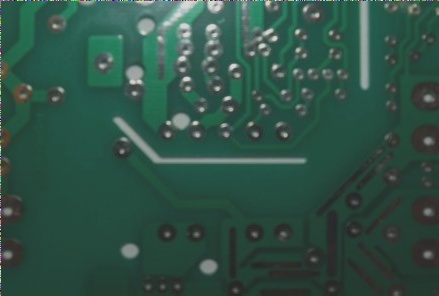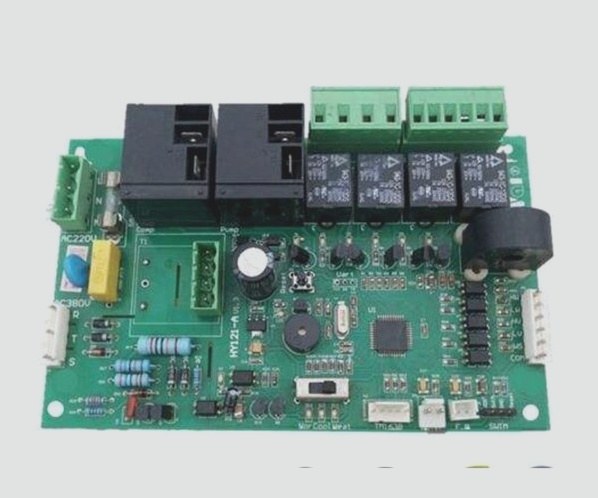Understanding PCB Layers in Protel 99SE Design Software
When you import PCB board information into Protel 99SE design software, you’ll find the circuit board organized into different layers, each with unique colors and shapes. Here’s a brief overview of the key PCB layers:
1. Signal Layer
The signal layer is crucial for routing wires on the circuit board. Protel 99SE offers 32 signal layers, including the Top layer, Bottom layer, and 30 MidLayers.
2. Internal Plane Layer (Internal Power/Ground Layer)
Protel 99SE features 16 internal power and ground layers, essential for multilayer boards to manage power and ground lines.

3. Mechanical Layer
There are 16 mechanical layers in Protel 99SE used for defining circuit board dimensions, data marks, alignment marks, and assembly instructions.
4. Solder Mask Layer
Protects areas except pads from solder adhesion. Protel 99SE includes Top and Bottom Solder masks.
5. Paste Mask Layer
Similar to solder mask but for surface-mounted components. Includes Top and Bottom Paste masks.
6. Keep Out Layer
Designates zones for component and wiring placement, restricting routing outside the defined area.
7. Silkscreen Layer
Primarily for printed information and component annotations. Features Top and Bottom Overlay layers.
8. Multi-Layer
Enables electrical connections across the board through pads and vias.
9. Drill Layer
Provides drilling information for PCB manufacturing, including Drill Grid and Drill Drawing layers.




